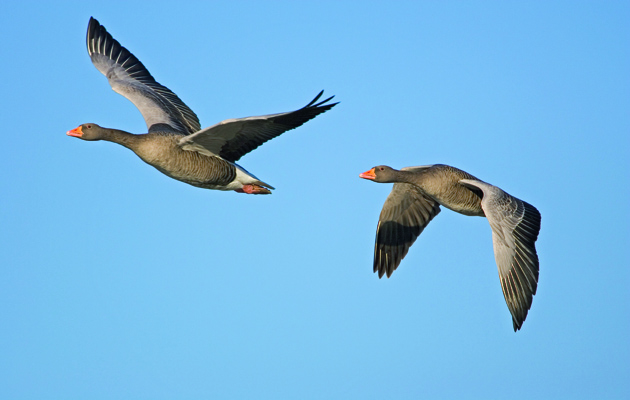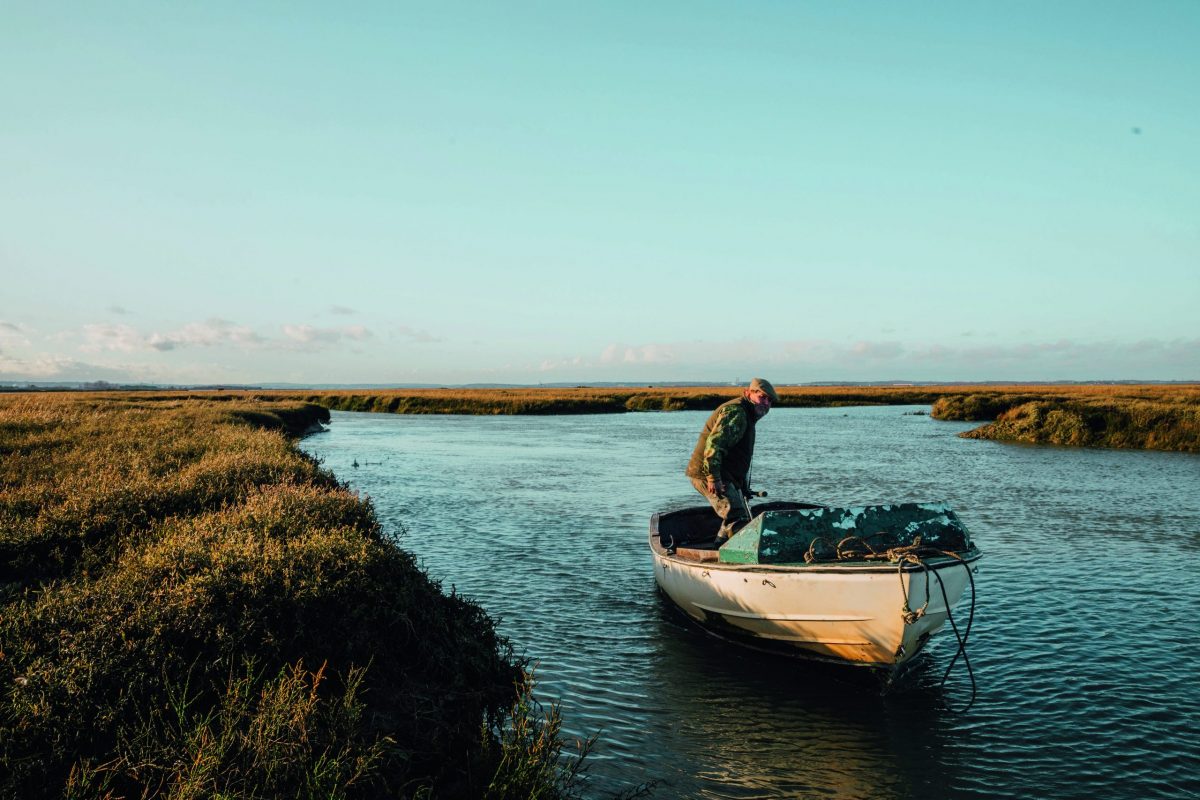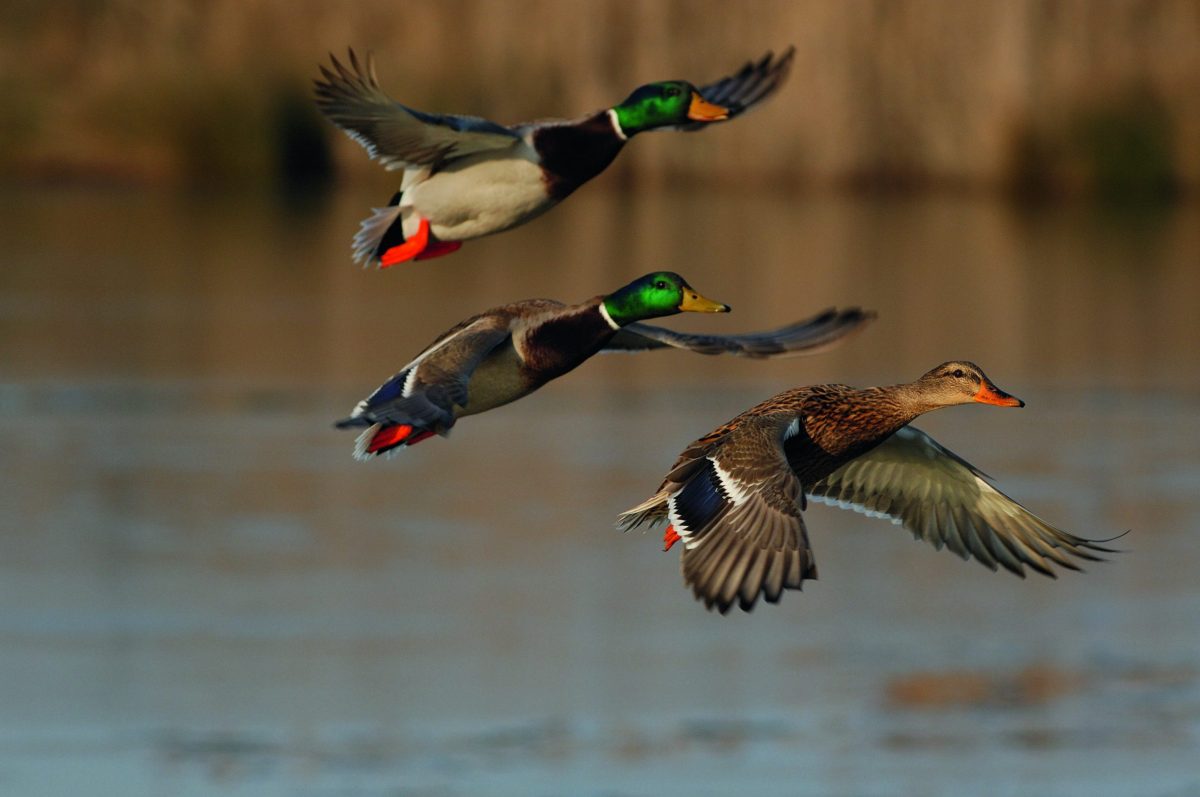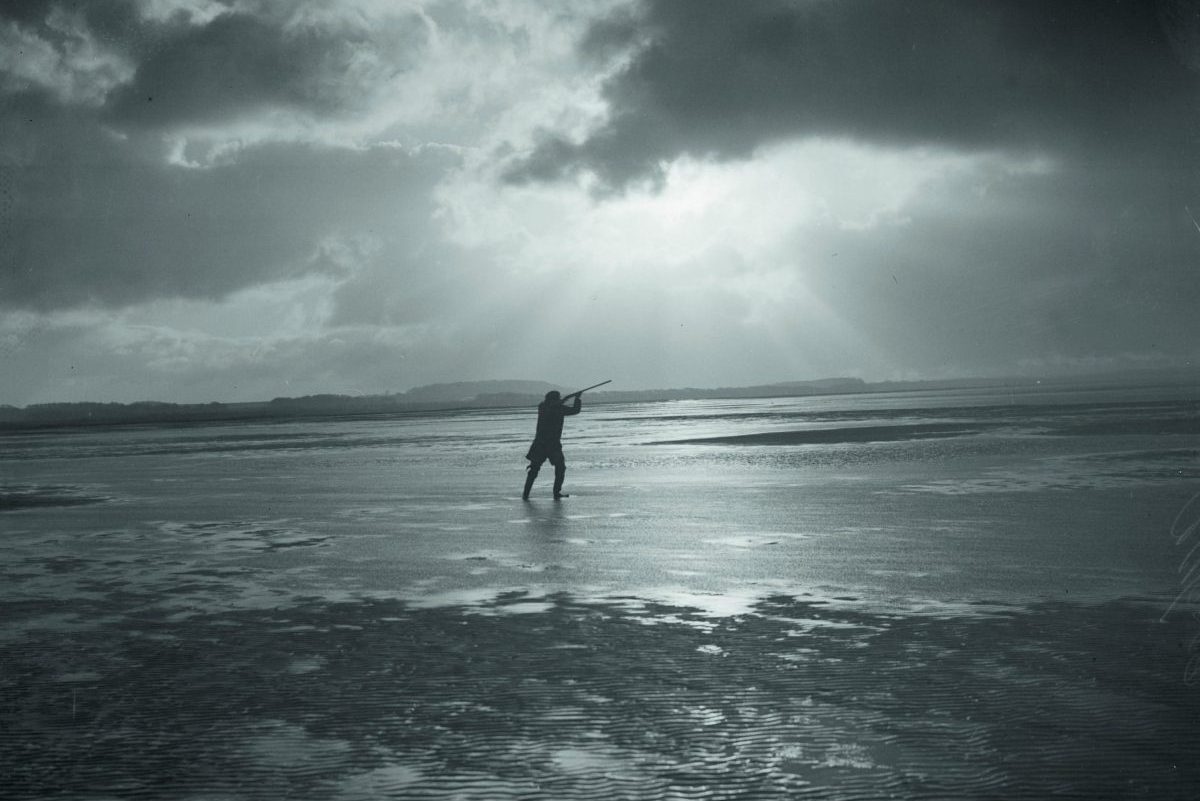In search of Orkney greylag
Peter Theobald swaps pigeon cartridges for goose loads as he tackles greylags in the Orkney Isles – and finds it tougher than expected!

Having shot geese in most of the iconic Scottish locations, there was still one area that I hadn’t yet explored – the Orkney Isles. So when the opportunity presented itself to explore this new landscape, myself and three like-minded enthusiasts grabbed it.
Our host and outfitter was Rob Frampton of Orkney Shooting Holidays, and we were booked in for three days shooting, with morning flights over decoys in the fields and evening flights on ponds, where we could expect both duck and geese. There is a massive resident population of some 25,000-30,000 greylags, which is augmented in the autumn by 10,000 migrants, including 2,000 pinkfeet. These had yet to arrive at the time of our visit at the end of October, but we felt there were probably enough locals to keep us busy.
Predator-free isle
Rob started his operation 10 years ago when local farmers asked him to reduce the number of geese decimating their crops. Such was the demand for his services that he soon had to employ two more guides to cope with the number of clients wishing to make the pilgrimage to Orkney. To secure the shooting for these clients, Rob pays a flat rent to the farmers, topped up any time he takes a party onto their land. Such is the success of this arrangement that he now has the sole rights to 25,000 acres of prime farmland, a figure that is rising, season on season, as farmers realise he can protect valuable crops right through the winter.
So why is the resident population growing at such an alarming rate? Orkney is a unique blend of farmland, which provides ample feeding all year round, and rough moorland where they can nest in peace. But what makes this place different is a complete lack of foxes, meaning the geese can rear their young virtually predator free. This has led to a population increase year on year, with potentially catastrophic consequences for farmers once the geese descend on ripening cereals from July onwards.
Typically, the Scottish authorities allow a controlled, out of season cull to take place, with the subsequent meat sold locally. This year alone, some 3,500 geese were shot under licence – a figure that Rob suggests has not even dented the population!
Huge flights
We started the following day with a 5.15am muster outside the hotel to meet Marcus Vile, our guide for the next three days. Marcus had selected an old barley stubble to set up on and we rolled together some big round bales for hides. Decoys were in place just as the first streaks of dawn were showing in the east, and already we could hear considerable goose talk coming from the bay a quarter of a mile away. As this rose to a crescendo, we knew the geese were on their way. It was barely light enough to see and despite seductive calling from Marcus, this early lot settled on a grass field just over the boundary. Soon, geese were in the air everywhere, mainly drawn to the ever-growing flock on the grass, but our chance came. A skein, some 30 birds strong, sideslipped the heavy wind to sweep over us no more than 30 yards high. We were all using borrowed autos and 40g twos, expecting a large fall of geese from our salvo. Amazingly, only two fell and we soon agreed that this was not going to be easy, so quick did the birds react once they spotted us. We did no better at subsequent bunches, though a pair that succumbed to the decoys paid the ultimate price. So it was a very chastened group of goose hunters that returned to the hotel with just five in the bag.
Travelling out to a different location for the evening flight, it was astonishing to see so many geese feeding on almost every field – no wonder the farmers encourage the Shooters. We were soon at our destination, a tiny splash of water that Marcus insisted would be visited by roosting geese, as well as duck. I didn’t think that geese would feel secure on such a small area of water, but with no foxes to harass them, why not?
It was nearly totally dark before they came, and again, we struggled to come to terms with the strange guns and acrobatic geese, picking just seven, plus two teal.
The next morning, we were out on a barley stubble undersown with clover and grass. The barley had been eaten, so now the geese were tucking into the sweet grass, and though the field had been shot several times, they were still returning in their hundreds. Marcus knew they would be wary so took the precaution of adding more decoys to the spread, to create a huge 80-bird pattern. Worse, the geese would have to pass over us to reach the decoys behind, a situation that is hard enough when the quarry is woodpigeon, let alone geese that have been hammered before. The flight was probably the busiest I have ever witnessed, as skein after skein swept up from the sea, but we were embarrassing ourselves with an inept display of shooting. Halfway through, we realised we needed a bigger load and switched to some 50g twos. The difference was astounding, and we managed to repair some self-esteem with kills that will remain in the memory forever. We are already booked in for next season – and this time we will be taking our own guns!










